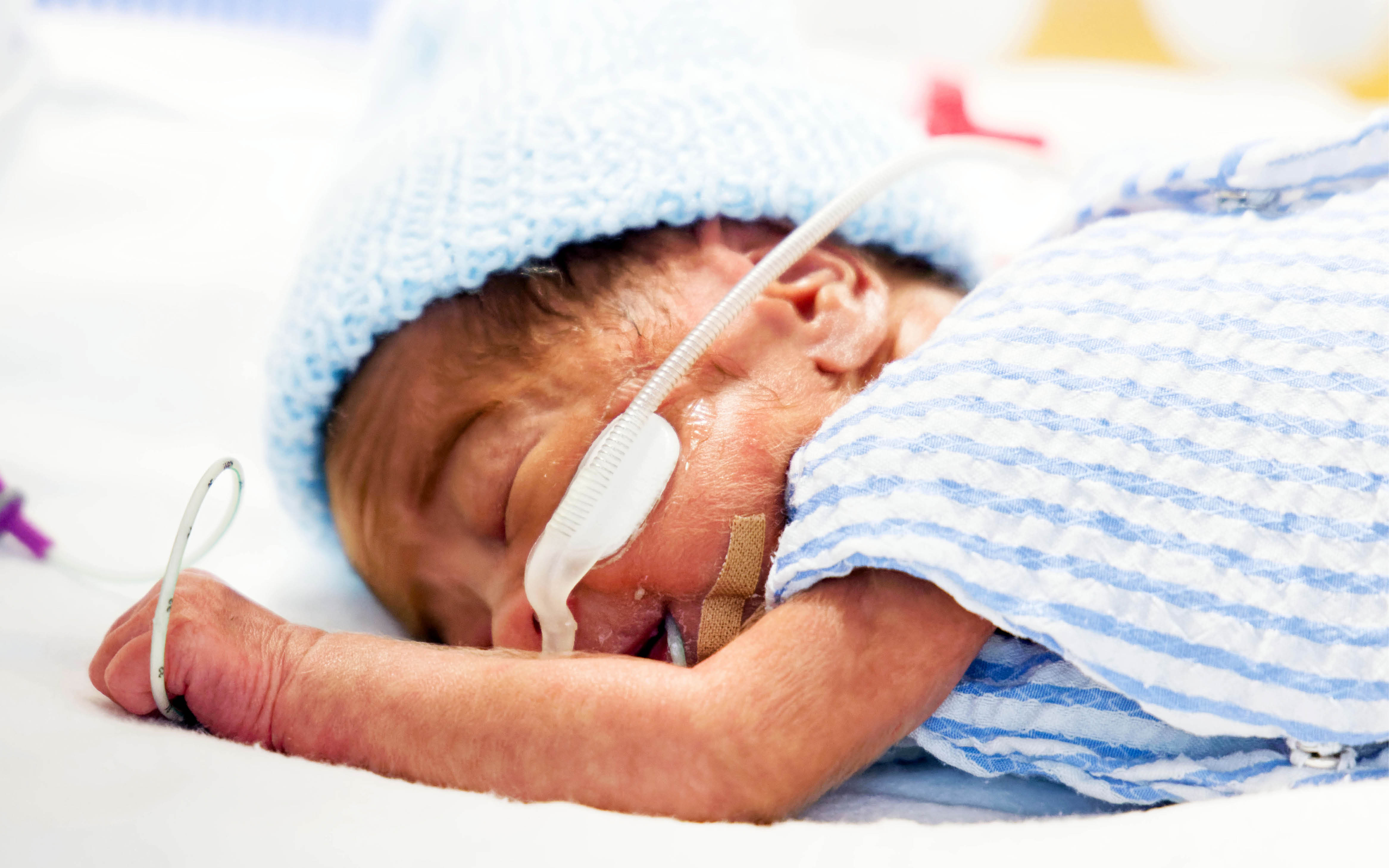Search
Research
Look Who's Talking: Host and Pathogen Drivers of Staphylococcus epidermidis Virulence in Neonatal SepsisPreterm infants are at increased risk for invasive neonatal bacterial infections. S. epidermidis, a ubiquitous skin commensal, is a major cause of late-onset neonatal sepsis, particularly in high-resource settings. The vulnerability of preterm infants to serious bacterial infections is commonly attributed to their distinct and developing immune system.
Research
Neonatal skin: barrier, immunity and infection prevention in the NICUThe neonatal skin is central to early survival and immune development. Far from being a passive mechanical barrier, it integrates physical, chemical, and microbial defences that together protect the infant in the immediate postnatal period. In preterm infants, structural immaturity, reduced antimicrobial capacity, and altered microbial colonisation confer heightened vulnerability to infection and inflammation.
Research
Epidemiology of Viral Infections in Neonatal Intensive Care Units in Western Australia: A Retrospective Study From 2016 to 2021 Including the COVID-19 PandemicViral infections are associated with significant morbidity and mortality in neonates. The COVID-19 pandemic led to changes in viral epidemiology in Western Australia. The impact on patients in neonatal intensive care is uncertain.
Research
Compatibility of pentoxifylline injection with syringe and inline filtersTobias Strunk MD, PhD, FRACP Head, Neonatal Health tobias.strunk@thekids.org.au Head, Neonatal Health Clinical Professor Tobias Strunk is a
Research
Effects of a live versus heat-inactivated probiotic Bifidobacterium spp in preterm infants: a randomised clinical trialHeat-inactivated probiotics (HPs) may provide an effective alternative to live probiotics by avoiding their risks (eg, probiotic sepsis) while retaining the benefits. We assessed the safety and efficacy of a HP in very preterm (VP: gestation <32 weeks) infants.
Research
Amplitude-Integrated EEG in Infants at Risk of Hypoxic-Ischemic Encephalopathy: A Feasibility Study in Road and Air Transport in Western AustraliaInfants at risk of HIE require early identification and initiation of therapeutic hypothermia (TH). Earlier treatment with TH is associated with better outcomes. aEEG is frequently used when making the decision whether to commence TH. As this is often limited to tertiary centers, TH may be delayed if the infant requires transport to a center that provides it.
Research
The Physicochemical Compatibility of Sildenafil Injection with Parenteral Medications Used in Neonatal Intensive Care SettingsSildenafil is used to treat pulmonary hypertension in neonatal intensive care unit (NICU) settings. As multiple intravenous (IV) medications are co-administered in NICU settings, we sought to investigate the physicochemical compatibility of sildenafil with a range of IV drugs.
Research
Protocol for the development of a core outcome set for neonatal sepsis (NESCOS)Neonatal sepsis is a serious public health problem; however, there is substantial heterogeneity in the outcomes measured and reported in research evaluating the effectiveness of the treatments. Therefore, we aim to develop a Core Outcome Set (COS) for studies evaluating the effectiveness of treatments for neonatal sepsis.

Preterm babies have a heightened risk of infection as their immune system is not mature. The Neonatal Health Team is exploring new ways to diagnose, prevent and treat infections in WA's smallest patients .
Research
Continuous Telemetric In Utero Tracheal Pressure Measurements in Fetal LambsNormal in utero lung development and growth rely upon the expansion of airspaces and the controlled efflux of lung liquid into the amniotic space. Infants with congenital diaphragmatic hernia (CDH) also have lung hypoplasia due to occupation of the chest cavity by the stomach and bowel and, in the most severe cases, the liver. Balloon tracheal occlusion reduces the severity of lung hypoplasia in fetuses with CDH but increases the risk of premature birth.
